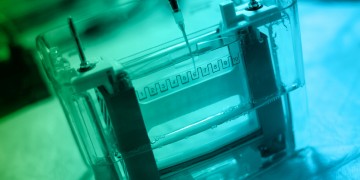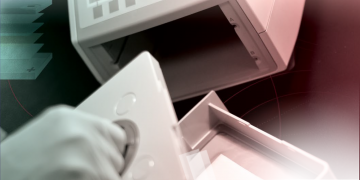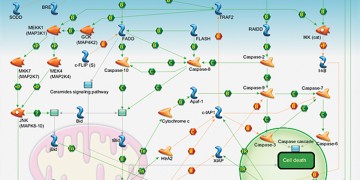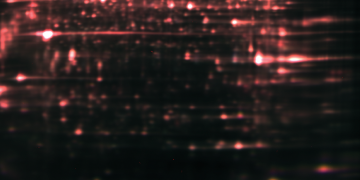
TGX Stain-Free™ Precast Gels Facilitate LDL Research on Potential New Drug Targets

New TC20™ Automated Cell Counter Facilitates Quick Counting with Precision

Expect More From Your Chemiluminescent Substrate: Introducing Clarity™ Western ECL Substrate

Trans-Blot® Turbo™ Ready-to-Assemble (RTA) Kit Enables Economical, Rapid, and Efficient Western Blot Transfers

PrimePCR™ Assays: Meeting the MIQE Guidelines by Full Wet-Lab Validation

High Sensitivity of Bio-Plex® Multiplex System is Key in Study for Novel Melanoma Therapeutics

New and Improved CFX Manager™ Software for Real-Time PCR Data Acquisition and Analysis

PDQuest™ Software: Bite-Sized Video Tutorials Make Learning 2-D Analysis Easy

New Gradient Format Mini-PROTEAN® TGX Stain-Free™ Precast Gels for SDS-PAGE — Streamlining Electrophoresis and Blotting Workflows


